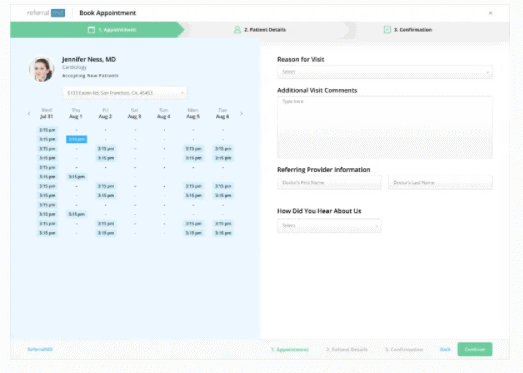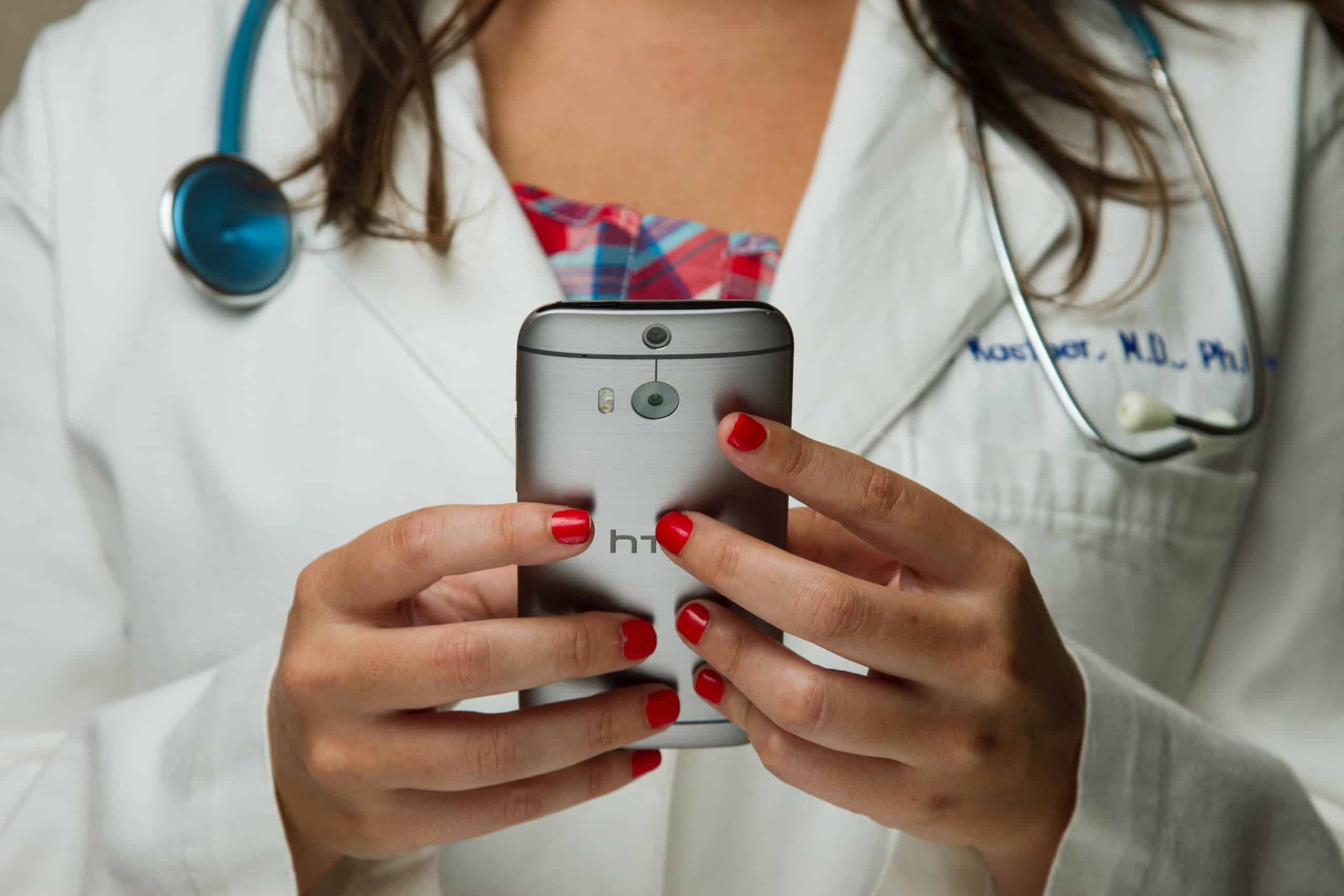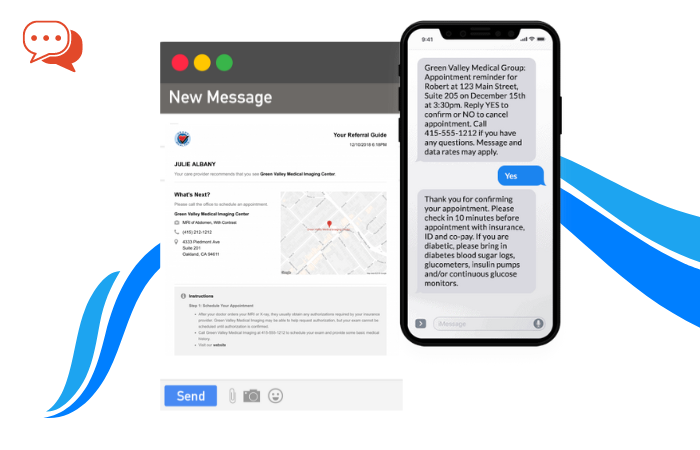What is mHealth, and where does it fit in? According to TechTarget (SearchHealthIT), “mHealth (mobile health) is a general term for the use of mobile phones and other wireless technology in medical care. The most common application of mHealth is mobile devices to educate consumers about preventive healthcare services. However, mHealth is also used for disease surveillance, treatment support, epidemic outbreak tracking, and chronic disease management.” The concept of mHealth is somewhat synonymous with telehealth – the ability to obtain healthcare consultancy from long distances using a digital device (i.e., cell phone). Patient portals integrated with mHealth can enhance the collaboration between the patient and the care provider and improve care management and coordination.
The United States has one of the largest numbers of mobile phone users in the world. In 2017, there were an estimated 224.3 million mobile phone users in the US, almost three-quarters of the entire population. By 2022, this number is estimated to cross 270 million. With so many mobile phone users, the general consciousness among the public to care about their health, and the advent of high-speed 4G/5G technologies, it was a matter of time that mHealth would gain momentum. According to a survey, 93% of the patients rated the effective sharing of health data with their provider the most important factor in receiving personal healthcare. In the same survey, 64% of the patients mentioned using a digital device (predominantly a mobile phone) to monitor their health. This means that a sizeable audience uses mHealth and actively connects with providers to exchange health information.
The idea of using mHealth to connect providers and patients has been made into reality by various EHR software providers. This concept is known as a Patient Portal, and it was aimed to strengthen the patient-provider relationship by bridging the physical gap between them. Patient portals are specialized applications optimized for mobile phone users, which allows the patients to view all their clinical information on their hand-held devices and stay in touch with the provider. The patient portal ensures patient satisfaction and allows the provider to offer value-based care to his patients.
Following are some ways in which mHealth has improved patient-provider connection:
-
Appointment Scheduling

Scheduling an appointment with the provider has been made extremely easy, thanks to mHealth. All that a patient needs to do is make a few swipes on his smartphone, and his appointment is scheduled with the provider. This is the first step in providing customer-centered care, where a patient does not need to spend the entire day waiting in the reception. Using mHealth, the patient is notified about their exact appointment slot. Furthermore, if a patient misses their appointment, the provider can use mHealth to remind the patient about it, and the patient may reschedule another appointment.
-
A Direct Helpline
In a survey conducted by HIMSS, 58% of the providers have mentioned that they connect with their patients using a mobile-optimized patient portal. This implies that patients are finding a mobile-enabled patient portal one useful resource. mHealth allows the patient to get in touch with their provider whenever they feel like it. It eradicates the physical barrier between both and enables them to stay in touch, literally at all times. This also allows the provider to offer rehabilitation to the patient outside the usual practice hours.
-
Instant Updates on Prescriptions and Medications

Photo by National Cancer Institute on Unsplash
Among various types of clinical information that mHealth provides to the patient, arguably the most important medical prescription. Patients can now monitor their prescriptions at all times. Sometimes, during ongoing treatment, a provider might need to change the prescription of the patient. Using mHealth, a provider needs to make a few clicks, and the patient will be informed about the change of prescription on his mobile phone. And if the patient has any further questions, he can always contact the provider using the same platform.
-
Remote and Real-Time Patient Monitoring
With mHealth, a patient can get connected with his healthcare provider no matter where he is. It also presents an opportunity for the provider to monitor the status of his patient remotely. If a patient is unable to make it to the office of the practice and needs urgent consultancy, he can use mHealth (via the patient portal) to instantly connect with the provider. On the other hand, mHealth also allows the provider to monitor the health of his patients and see if their vital signs are improving in an intended manner. In this way, the provider keeps the patient within the loop outside of the practice’s premises.
-
Long Distance Counseling

Photo by on Pexels
mHealth allows providers to encourage and guide their patients remotely. Usually, during the treatment process of any chronic ailment, the patient can become anxious and starts fearing for the worst. During such a scenario, it is the responsibility of the provider to console the patient and ensure him that the treatment he is being offered will cure the disease soon. Using mHealth, a provider can virtually connect to a patient anytime and inquire if he has any discrepancies.
-
Emergency Notifications:
In case of a sudden epidemic, a provider can instantly inform the patients to take evasive measures. On the other hand, if the patient finds his condition deteriorating rapidly and needs urgent assistance, the provider is just a few swipes away.
CONCLUSION
The strength of the patient-provider connection is probably the decisive factor in determining whether the healthcare system effectively does its job. The stronger the understanding between the patient and his provider, the more likely it will be fewer opting out and readmissions. An environment where both the parties share a mutual respect for one another is conducive to giving the patients the best healthcare and patient experience and ensuring that the providers are also getting their revenue cycle streamlined. To make this a reality, mHealth has opened up an entirely new avenue. Patients and providers can actively interact with one another using digital, hand-held platforms, no matter how far they are. This technology engulfs all physical barriers and allows both of them to get the best out of the healthcare ecosystem.
References:
- Internet Innovation Alliance 2018 (https://internetinnovation.org/general/research-peek-of-the-week-smartphone-users-in-the-us-expected-to-reach-over-270-million-by-2020/)
- Transcend Insights Digital Health Survey 2017 (http://www.transcendinsights.com/digitalhealthsurvey/)
- Transcend Insights Digital Health Survey 2017 (http://www.transcendinsights.com/digitalhealthsurvey/)
- HIMSS Connected Health Survey 2016 (https://www.himss.org/2016-connected-health-survey)
- TechTarget (https://searchhealthit.techtarget.com/definition/mHealth)










